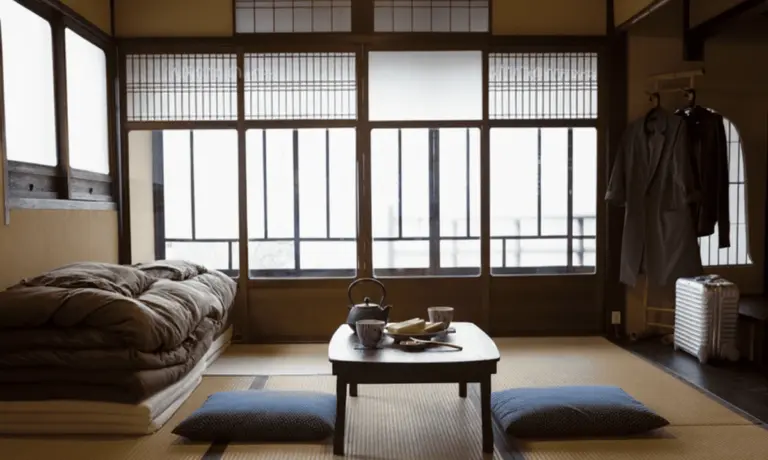Sleeping on Tatami: Benefits, Comfort, and Setup Tips
Finding Balance and Comfort When Sleeping on Tatami
Sleeping on tatami—the woven flooring long rooted in Japanese living—is more than a trend; it is a return to balance. As more people seek calm, natural surfaces, the Japanese practice of sleeping on tatami has quietly entered Western bedrooms. This guide explains benefits, comfort setup, and seasonal care so your space feels grounded and clear.
Benefits of Sleeping on Tatami
Tatami mats are woven from natural rush (igusa) and, in traditional builds, filled with rice straw. Many modern tatami, however, use compressed wood or paper fiber cores for durability and mold resistance—an especially practical choice in humid climates. This layered structure creates a firm yet resilient surface that supports spinal alignment and natural airflow.
- Natural air flow & humidity balance: Tatami breathes, absorbing and releasing moisture to regulate the microclimate around your body.
- Posture support: Compared with very soft beds, tatami encourages a neutral spine and may reduce morning stiffness as your body adapts.
- Hygienic & minimalist: Daily airing and compact storage keep rooms fresh and uncluttered.
- Connection with nature: The scent and texture of igusa invite a mindful, grounded rhythm of rest.
For many, sleeping on tatami is not a loss of comfort but a gain in clarity: fewer layers, calmer air, and a quieter room.
Comfort and Body Alignment
First-timers may find tatami firmer than Western mattresses. In Japan, a thin, foldable cotton mattress called a shikibuton sits on top to add softness while preserving floor contact. For extra comfort, some users add a thin underlay pad (tatami topper) between the mat and shikibuton to fine-tune firmness.
Care Tip: If you feel sore at first, let your body adapt over a week or two—it is like learning a gentler posture of sleep.
Humidity management: Because tatami is organic, lift the mat weekly and open windows to release trapped moisture. During Japan’s rainy season (tsuyu), using a dehumidifier or a futon dryer once a week helps prevent mold growth under tatami.
How to Set Up Your Tatami Sleeping Area
- Choose your surface: Place tatami on flat hard floors; avoid carpets that trap humidity.
- Layer a shikibuton: Aim for 3–4 cm (1–1.5 in) cotton fill for balanced give and daily foldability.
- Add a kakebuton (comforter): Light cotton or down balances temperature year-round.
- Air regularly: Stand or lift tatami and futon in sunlight every few days for freshness.
- Rotate mats: Turn panels every few months for even wear and color.
This modular setup mirrors Japanese life: rooms that shift with purpose and season, keeping the air and mind clear.
Recommended Tatami Products (Available in the U.S.)
- EMOOR Japanese Tatami Mattress Set — Foldable base and shikibuton combination for authentic sleep comfort (Amazon US)
- FULI Japanese Traditional Tatami Mat — Made in Japan; rush-grass surface with supportive foam core (Amazon US)
- MIINA Tatami Futon Mat — Natural igusa, lightweight and foldable for compact spaces (Amazon US)
These choices bring the texture and breath of Japan into modern bedrooms—an easy entry to sleeping on tatami at home.
The Quiet Simplicity of Grounded Sleep
Sleeping on tatami is a gentle gesture toward balance. Lying close to the earth, the room feels quieter and the mind settles faster. In that simplicity is a quiet beauty—comfort found not in abundance, but in intention.


